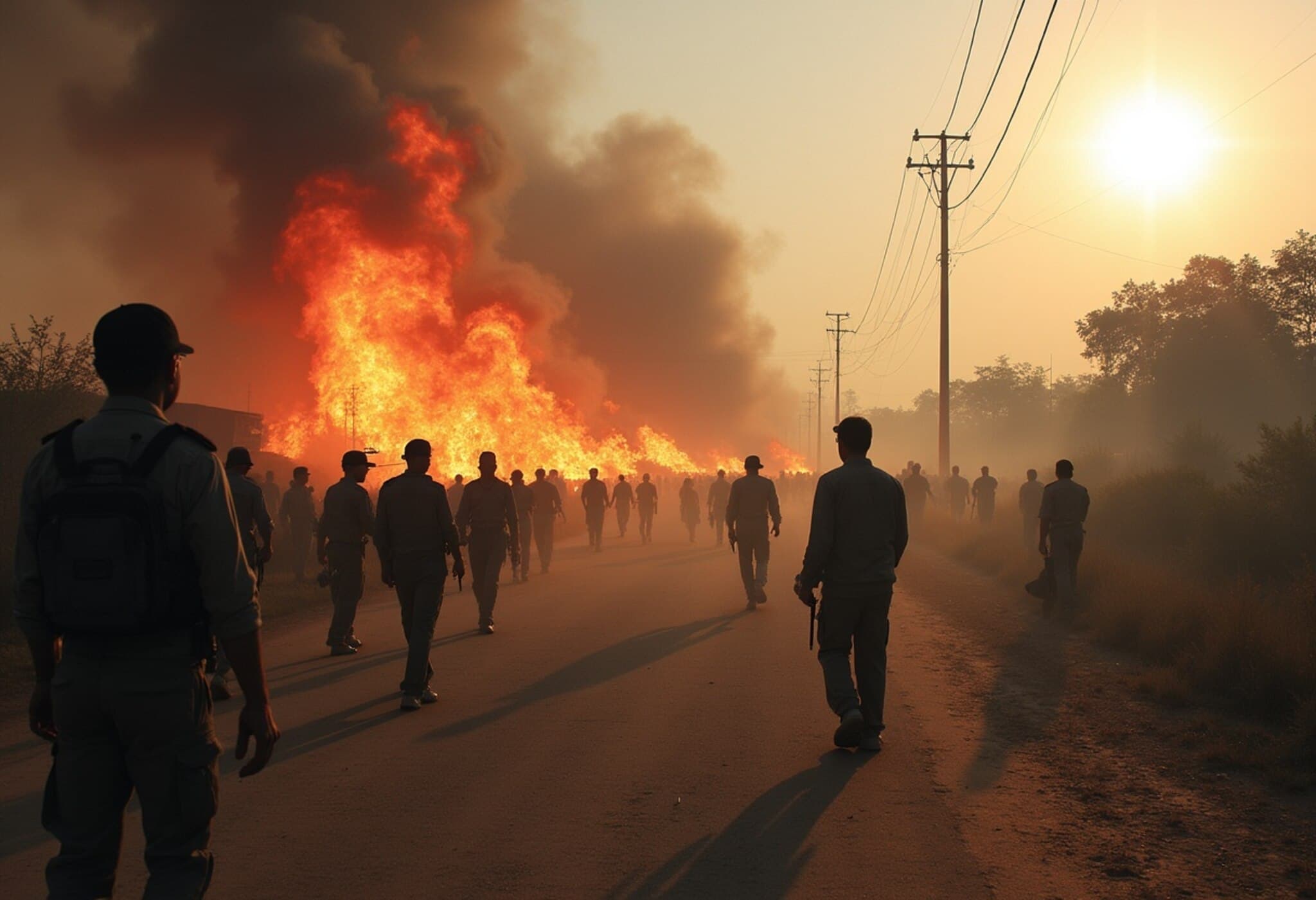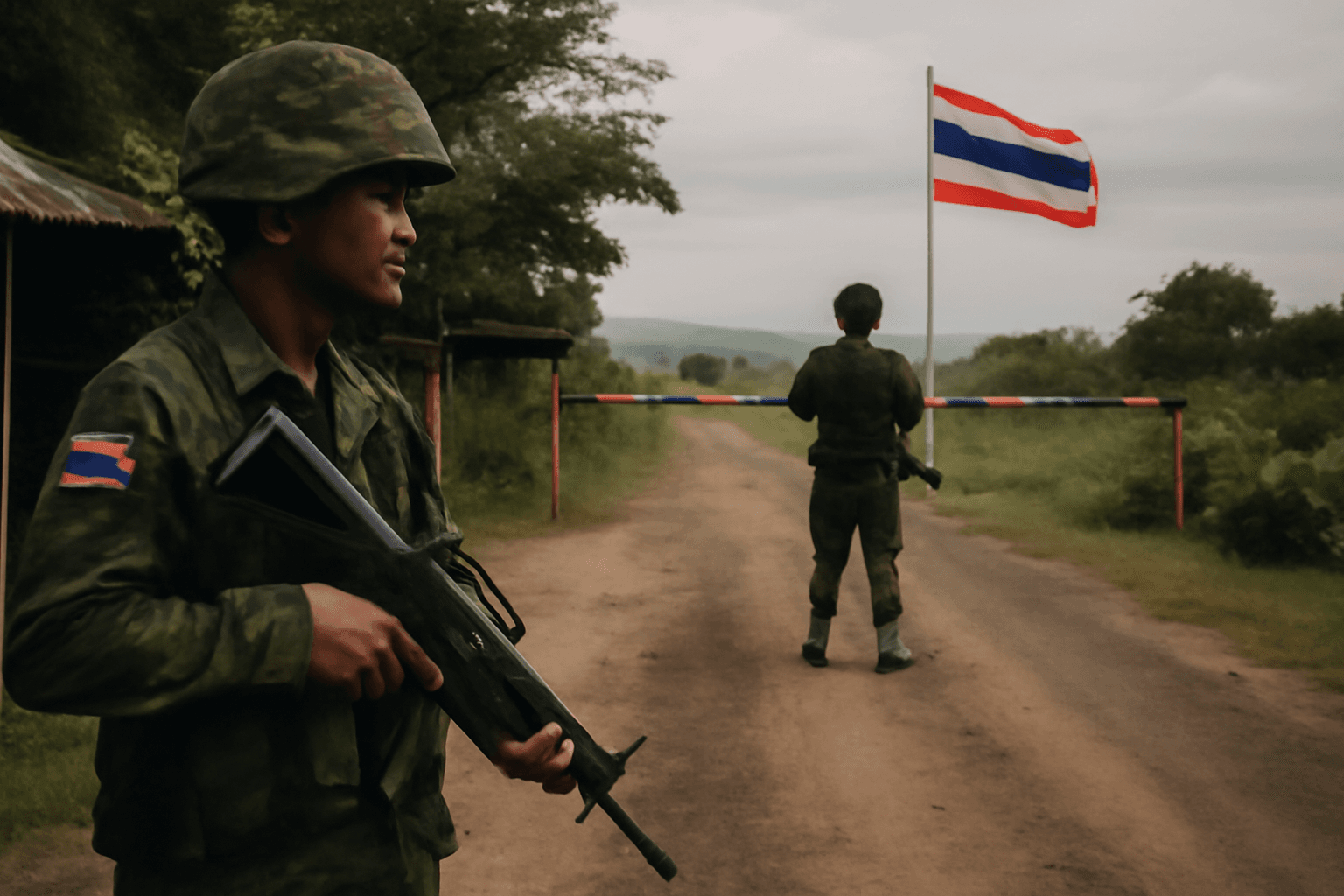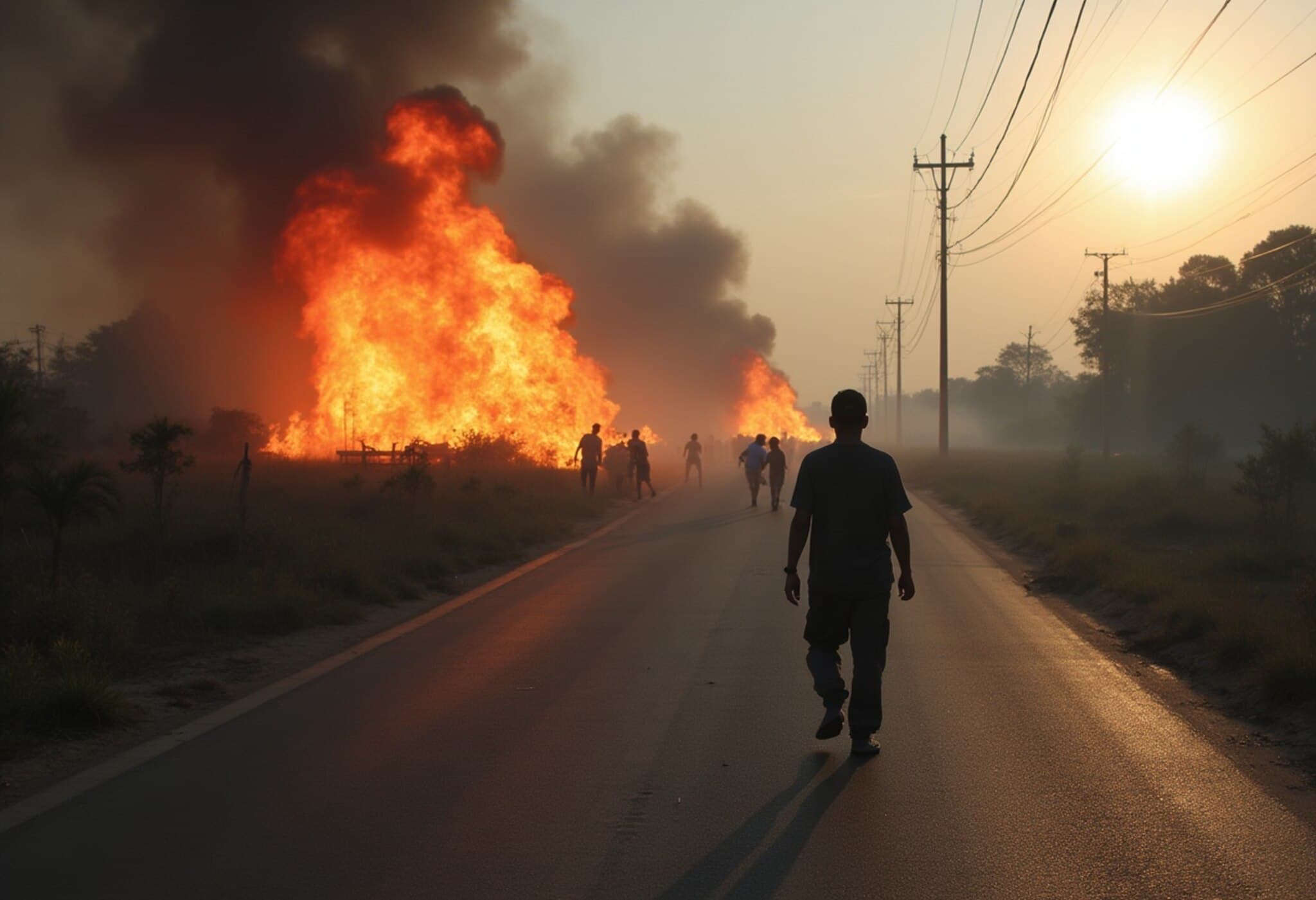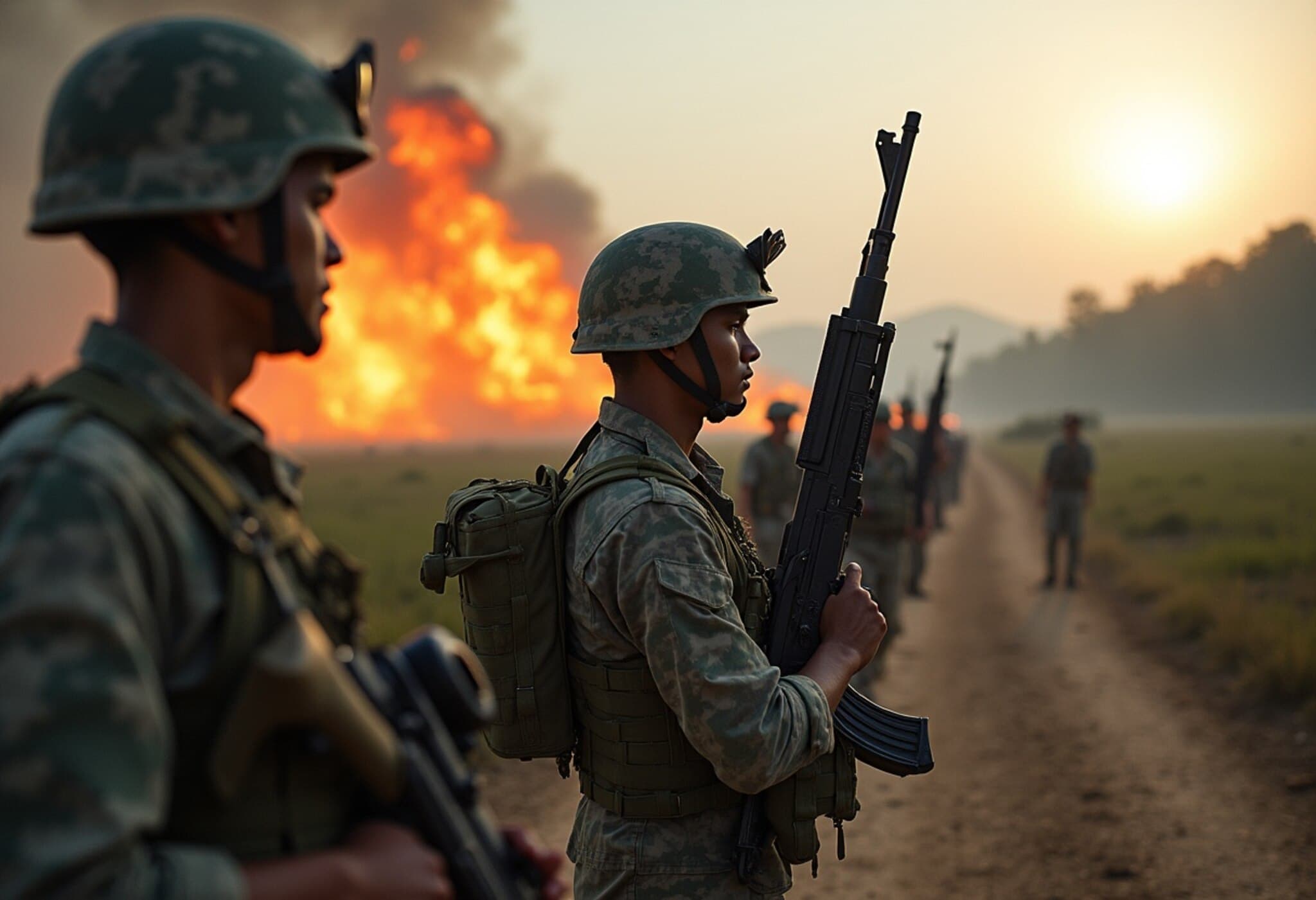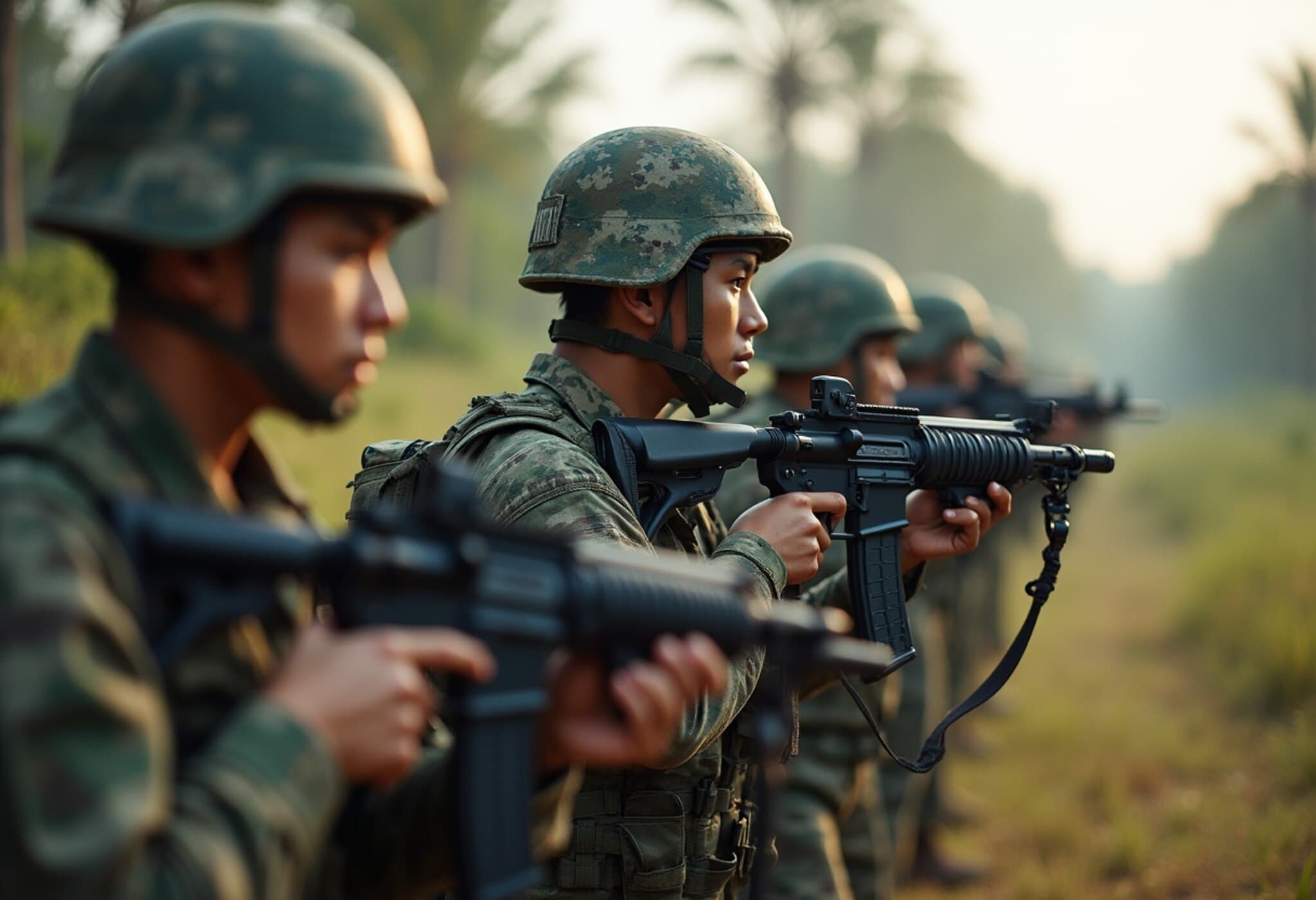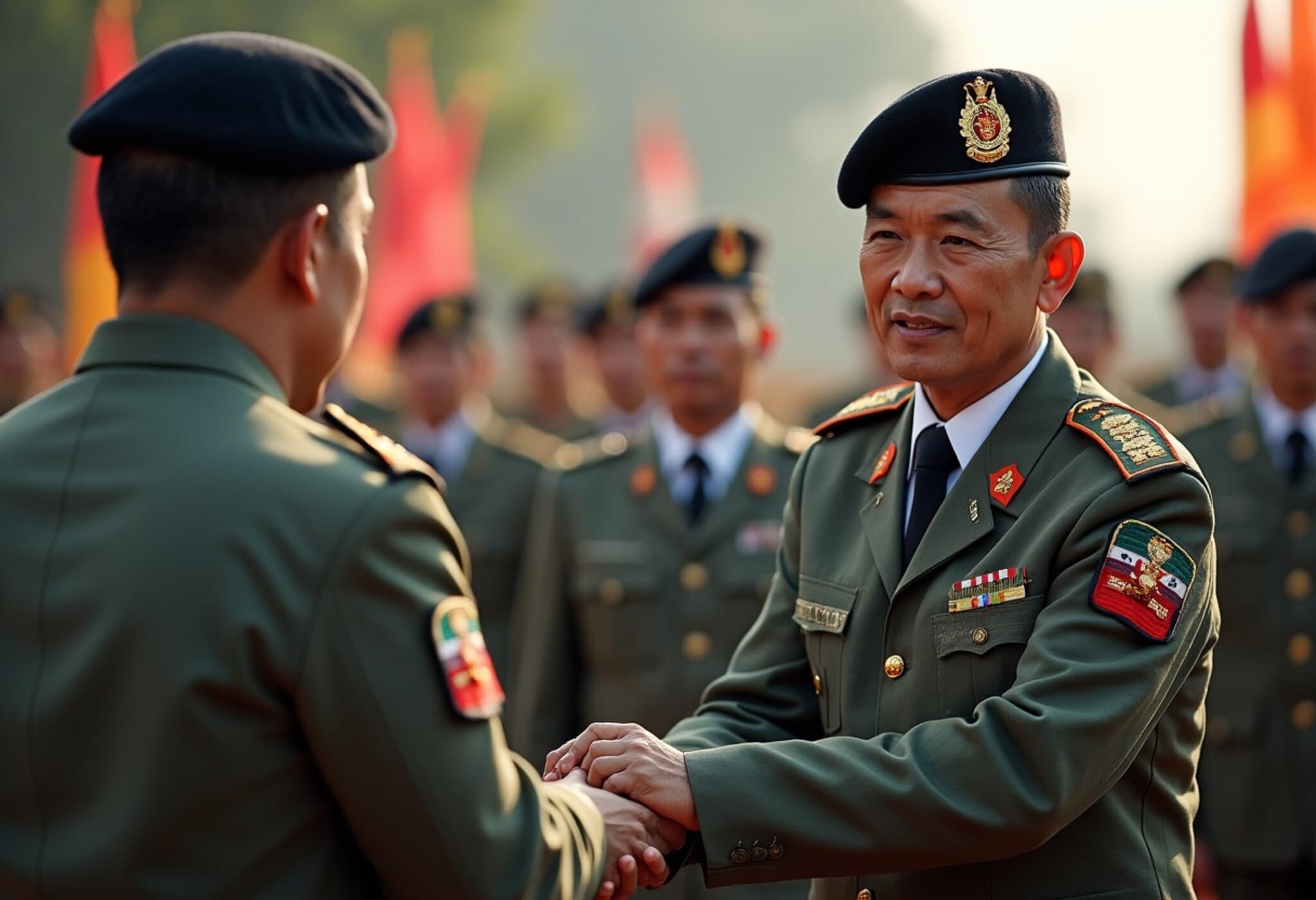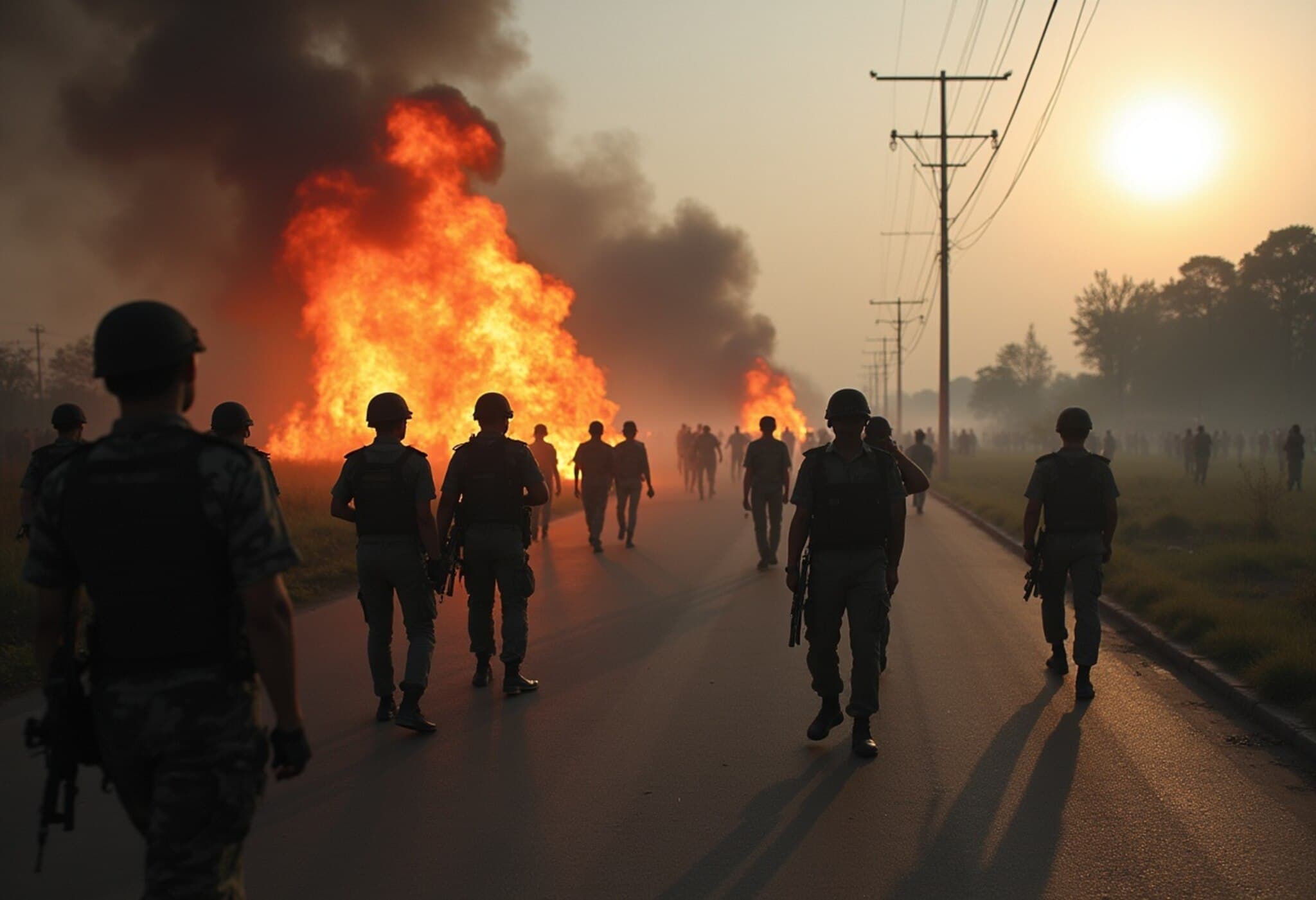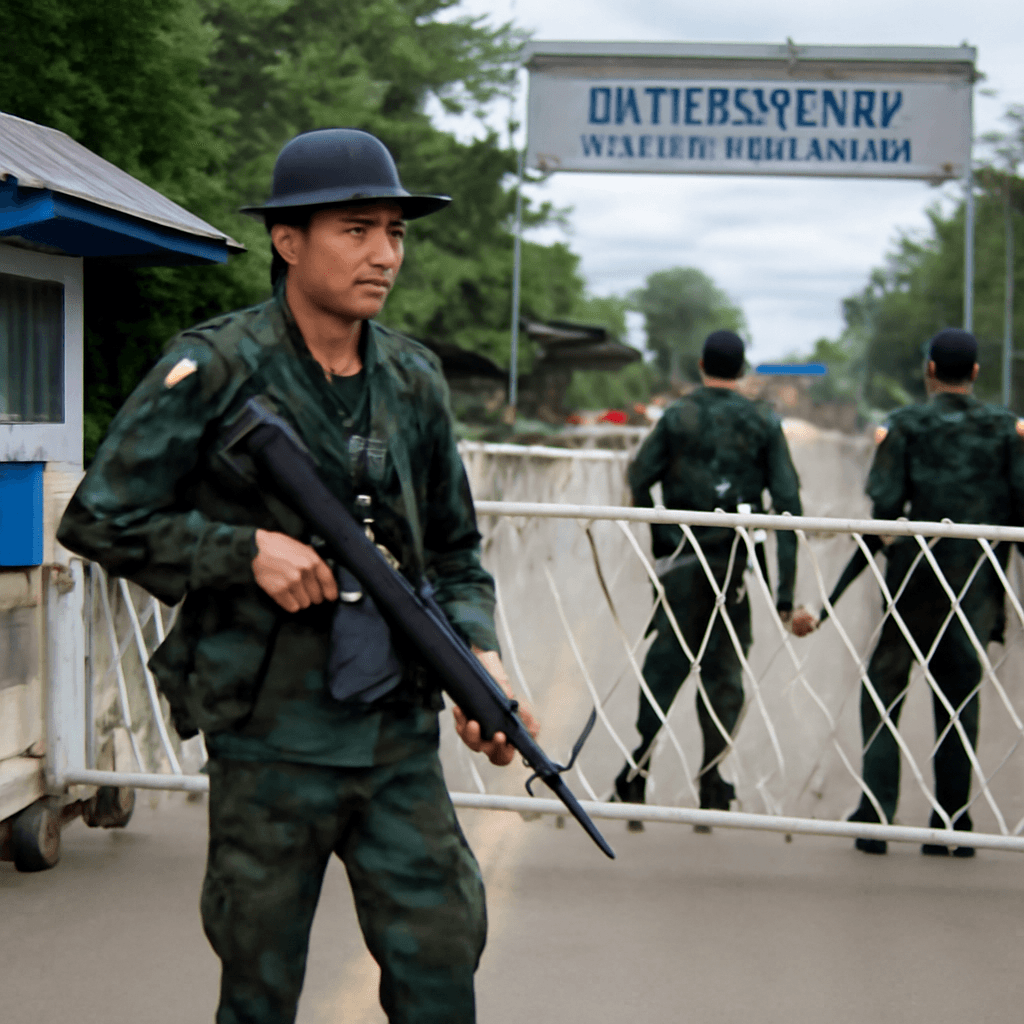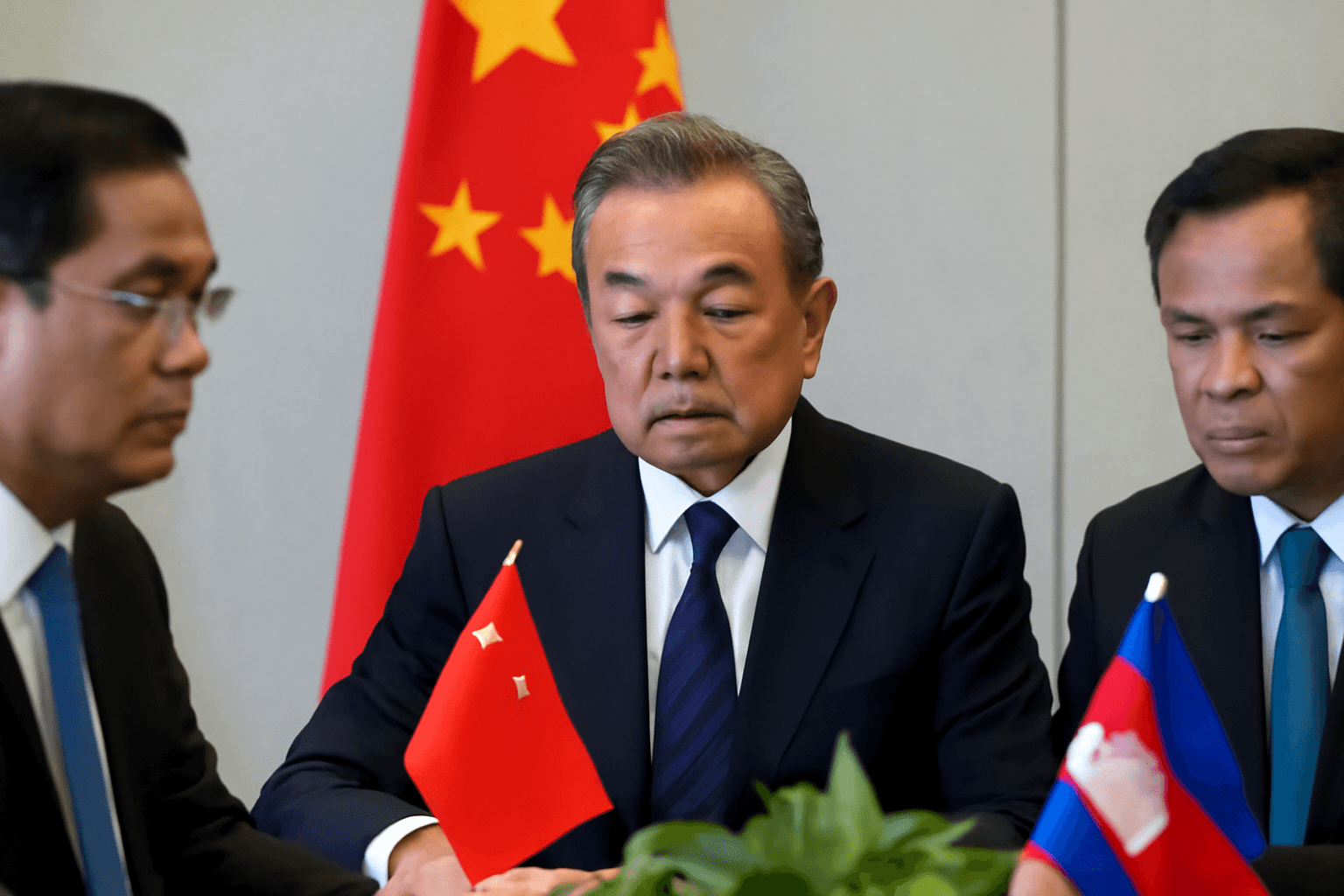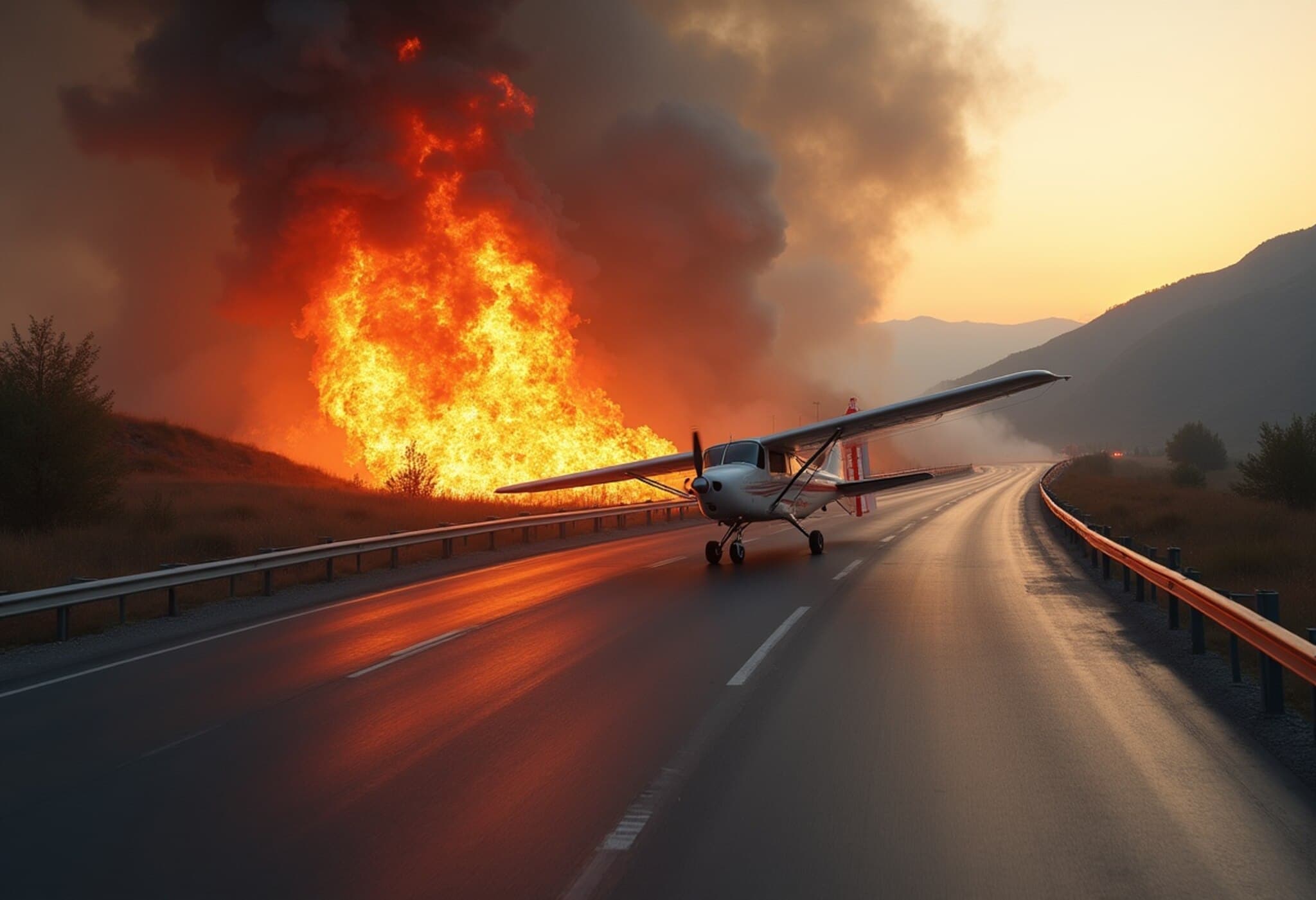Thailand-Cambodia Border Clash Enters Third Day Amid Rising Tensions
The recent surge in violence along the Thailand-Cambodia border has unfolded into one of the most severe conflicts between these Southeast Asian neighbors in over ten years. Despite public declarations from both governments advocating for a ceasefire, the situation remains tense with ongoing exchanges of mortar fire, small arms engagements, and further military deployments observed along multiple segments of the disputed frontier.
What’s Happening on the Ground?
Since the outbreak of clashes earlier this week, the human cost has been significant. Over 30 lives have been lost and more than 130,000 people displaced across border communities in both Thailand and Cambodia. The violence has now spread far beyond its initial flashpoints—an alarming development highlighted by the extension of hostilities into Thailand’s coastal Trat province, located over 100 kilometers from the original zones of conflict.
Both Bangkok and Phnom Penh justify their military actions as defensive responses, but they are locked in a cycle of mutual allegations accusing each other of provocations and unlawful attacks. Thailand has raised concerns over newly planted land mines within its borders, while Cambodia condemns what it describes as Thai military incursions violating sovereign territory.
Roots of the Conflict: A Centuries-Old Border Dispute
At the heart of the escalating violence lies a longstanding territorial dispute dating back centuries. The Thailand-Cambodia border, stretching approximately 800 kilometers through dense jungles and historic ruins, remains a deeply contested area with ambiguous demarcations.
The Preah Vihear and Ta Moan Thom temples—ancient marvels from the Khmer Empire era—are focal points of this dispute. Although the International Court of Justice awarded Preah Vihear to Cambodia in 1962, surrounding land areas continue to be fiercely disputed. The 2008 UNESCO World Heritage designation for Preah Vihear further inflamed nationalist sentiments in Thailand, reviving simmering tensions over territorial claims grounded in colonial-era maps and interpretations.
Impact on Civilians and Humanitarian Challenges
The human toll extends beyond casualties. Entire communities along the border are uprooted amid shelling and gunfire. In Thailand’s Sisaket province, villages have emptied as fearful inhabitants flee to safety, abandoning homes, livelihoods, and farms.
Makeshift shelters in schools and temples have become crowded with refugees, where urgent humanitarian aid is desperately needed but difficult to deliver due to ongoing hostilities. Similarly, Cambodian provinces like Oddar Meanchey and Preah Vihear report widespread displacement and hardship, with civilians sharing accounts of trauma and uncertainty.
Diplomatic Narratives and Accusations
The dispute is not just fought on the battlefield but also in diplomatic arenas. Thailand insists its military actions are defensive measures responding to provocations and accuses Cambodia of escalating the conflict. Bangkok favors bilateral negotiations and criticizes Phnom Penh for allegedly internationalizing the dispute.
Meanwhile, Cambodia portrays Thai moves as deliberate aggression and urges the international community to hold Thailand accountable. Phnom Penh also highlights Thailand’s refusal to accept the International Court of Justice’s jurisdiction as evidence of Bangkok’s reluctance for a fair resolution.
International and Regional Responses
The turmoil caught the attention of the United Nations Security Council last Friday, where both countries presented contradictory narratives. The UN has called for calm and encouraged dialogue as the primary path forward. ASEAN, an organization that usually promotes regional stability, faces one of its rare moments of armed conflict between member states, underscoring potential risks to the bloc's cohesion.
Malaysia has been proposed as a possible mediator to facilitate talks, but Thailand has noted a lack of response from Cambodia on this front.
India’s Precautionary Measures Amid Regional Instability
Reflecting broader regional concerns, the Indian government issued advisories urging its nationals to steer clear of conflict zones near the Cambodia-Thailand border. This move aims to safeguard Indian citizens and reflects the wider geopolitical reverberations stemming from the unrest.
The Role of Temples in the Dispute
Preah Vihear and Ta Moan Thom temples transcend their status as cultural heritage sites, embodying deep national pride and sovereignty for both countries. The 1962 ICJ ruling resolved ownership of the temples themselves but left surrounding lands ambiguously defined, perpetuating instability.
The complex overlay of ancient history on modern national borders makes the temples a potent symbol and flashpoint, illustrating how cultural heritage can become entwined with geopolitical conflict.
Escalation of Military Activity and Weaponry
The recent deployment of heavy weapons, including long-range artillery and armoured vehicles, along with allegations of new land mine placements, signal a dangerous escalation. Satellite images and reports confirm rapid militarization, raising fears that the skirmishes could spiral into more sustained combat if diplomatic efforts falter.
Why This Conflict Matters Beyond Borders
This confrontation between ASEAN neighbors highlights the fragility of regional peace agreements and the potential for historical border disputes to ignite violence in an interconnected world. The incident tests ASEAN’s ability to manage conflicts internally and maintain cohesion against competing nationalist pressures.
From a U.S. and broader global policy perspective, sustained instability here threatens regional trade routes and risks drawing in great power rivalries under the guise of security commitments.
Editor’s Note
This escalation between Thailand and Cambodia is a poignant reminder that unresolved historical grievances can escalate rapidly despite modern diplomatic institutions. It raises pressing questions about how neighboring states can better manage contested heritage and border issues without resorting to violence. The reluctance of either side to fully embrace international legal mechanisms underscores challenges for international dispute resolution frameworks.
For observers and policymakers, the path forward demands a renewed commitment to dialogue supported by neutral mediation, robust humanitarian response to protect displaced populations, and a long-term strategy that respects cultural heritage while safeguarding sovereignty. As ASEAN faces its test in crisis management, the international community must watch closely—and be prepared to assist in fostering lasting peace in this strategically vital region.

